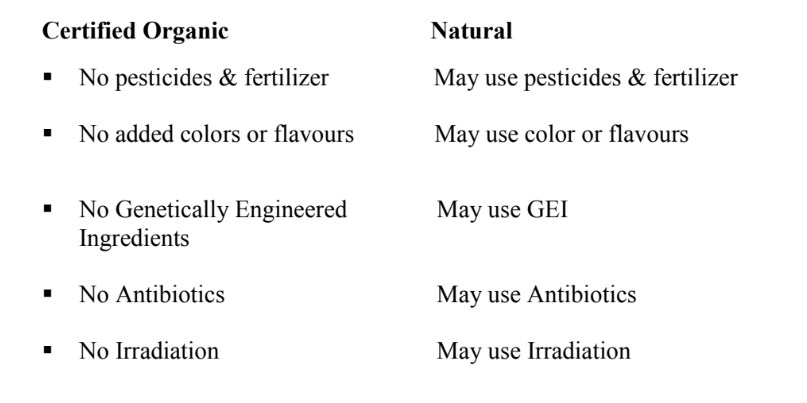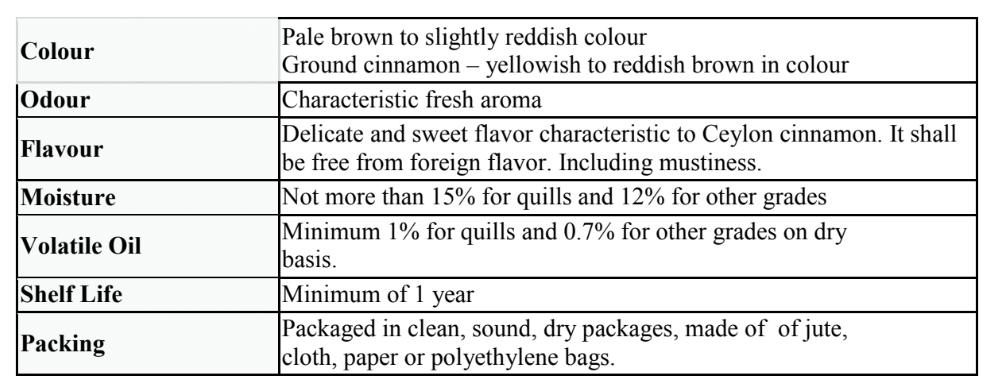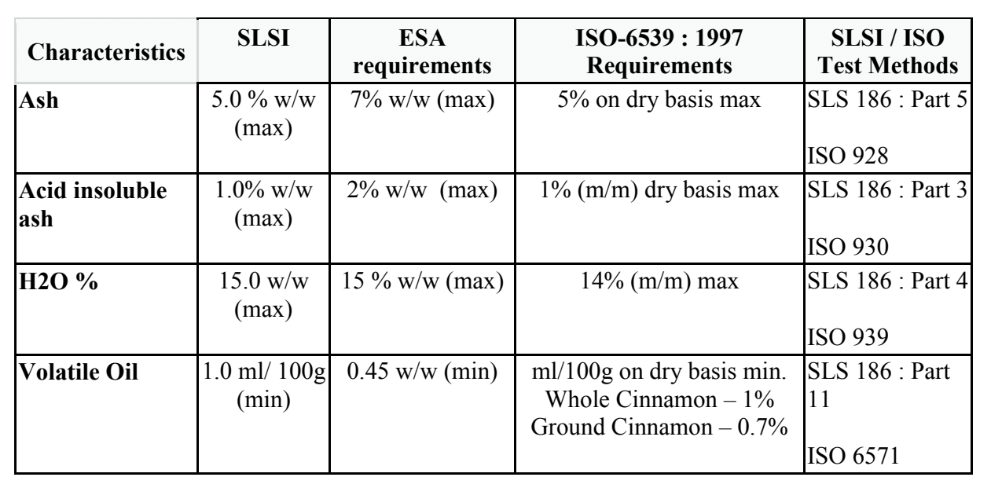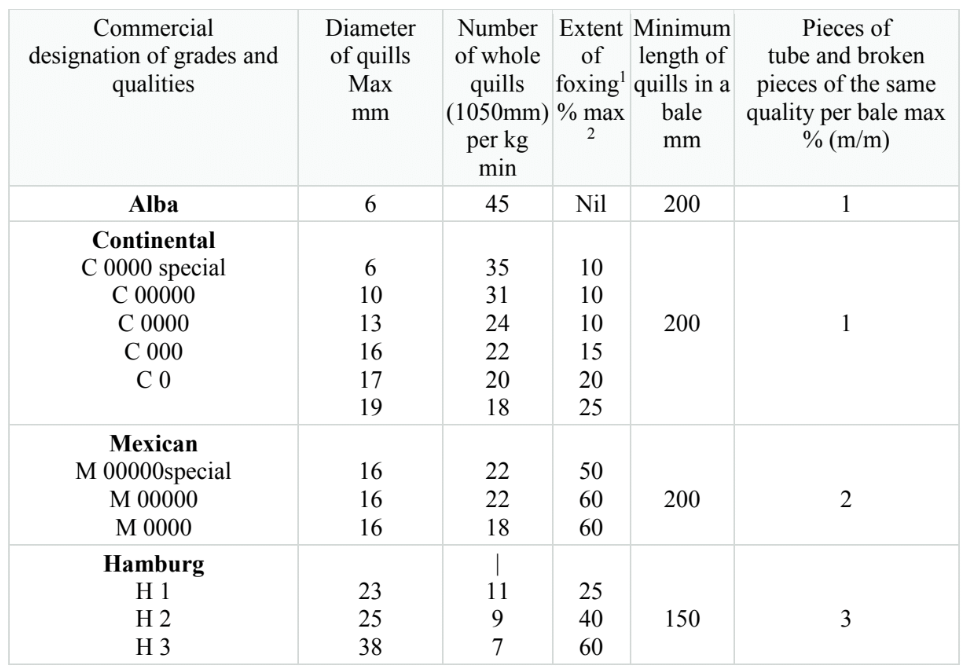

Coconut oil can provide many benefits. From a healthy oil to cook with to a deep conditioning hair mask, coconut oil is versatile in its uses. It is loaded with antioxidants, helping your skin ward off free radicals. According to the Organic Life, the Coconut Oil is generally categorize into Refined and Virgin Coconut Oil
Refined
The main difference between virgin coconut oil and regular, organic coconut oil is the amount of refining the oil undergoes. Refined coconut oil means the oil has undergone a process of drying the coconut. This type of coconut oil may sometimes be called deodorized or bleached according to Live the Organic Life. This is usually done outside in the Sun. Generally, refined coconut oil is thought of as being of a lesser quality
Unrefined
Unrefined coconut oil may also be called virgin coconut oil. The type of method used to extract the oil from the coconut is done in the most natural way. This way, the coconut oil stays in its natural form without the use of any artificial filteringwhich is sometimes used in the process of refined coconut oil. No chemicals are usedin the process of extracting coconut oil using this method.
Smell and Taste
Virgin coconut oil maintains a sweet smell and taste of the coconut, whereas refined coconut oil will lose much of the flavor and smell. An easy way to know if coconut oil is unrefined is to hold a bit of it in the palm of your hand. Unrefined coconut oil should easily melt in the palm of your hand due to your body’s temperature.Refined coconut oil will usually stay fairly solid without melting
Copra
Copra refers to the dried kernel or meat of the coconut. Refined coconut oil uses copras. Coconut oil made of copra is generally thickin consistency —notably thicker than virgin coconut oil. Oil made of copra is too thick to use as a moisturizer for the skin or a
2conditioner for the hair because it will sit on the skin without being absorbed. This can clog the pores and actually do more harm to the skin than help.
Raw Material
We always select the best raw materials from the selected suppliers who control their quality and we continuously give feedback to the suppliers in order to maintain the quality. We assign supervisors for the unloading area in order to select the bad ones when the raw materials are unloading. We also carry out a second inspection to find out the bad ones, whichwe could notfind out from the first inspection. Our unloading area consists of a covered shell where no harm things can be contaminate to the raw materials
Shielding
Our raw material unloading area, de-shelling area, wet area and production area are under one roof and separated in order to maintain our quality continuously. Our factory that has been designed according to the ISO 22000 standardis fully covered building with pest controlling systems. So product can’t be contaminate at any moment and products can be produce up to the quality standards
Drying
We wash the white kernels 3 times before grating. We randomly select 5kg of whitekernels per hour and inspect the quality before grating. We use fully automatic stainless steel graters for this process. The gratered coconuts are dried under the temperature of 60 degrees of Celsius and supervisors always ensure that the processing product won’t exceed 60 Co in order to maintain the quality. We lab test every desiccated coconut badge we manufacture in order to keep the correct moisture level under the technique of “Moisture and other matter volatile at 103 Co max.” We always keep the moisture of the desiccated coconut bellow 2.00 as mentioned in the quality standard. Desiccated coconuts, which are got out of the dryers,are kept for 15 min time for cool down and packed in food-gradedpolythenes
Pressing (Extracting
Desiccated coconut is pressed and oil is extracted using an expeller machine. Every 10 minutes we supervise the temperature of the oil by using thermo meters. So throughout the extracting process supervisors can pay attention to keep the heat of the oil lower than 60 C0
Filtering
Previously extracted oil is undergone through a filter and gets the colour to no 01 as mentioned in the standard. Colour no 01 parameter indicates “25 mm cell on the lovibond colour scale expressed in Y+5R not deeper than”. For the filtering process,we use food graded filter cloths. We lab test the oil after filtering in order to keep the correct moisture level under the technique of “Moisture and other matter volatile at 105 Co max.” We always keep the moisture of the oil bellow 0.5 as mentioned in the quality standardbred
Sterilization
Before bottling,we heat the bottles for 15 min in a temperature of 180Co degrees in order to make it free from live bacteria or other microorganisms. Our final products, which are packed in pallets,are also going through a fumigation process to give a quality output.
Bottling
Our bottling area is fully separated and covered from the outside. We fill the oil to the sterilized bottles directly from stainless steel store tanks. In the bottling area,supervisors are allocated to check every badge for oil moisture and other important factors that will affect the quality. After bottling,we store the bottles in a separate area, whichis fully covered and controlled from pests.
Published studies in medical journals show that coconut, in one form or another may provide a wide range of health benefits. Dr. Bruce Fife,N.D., in "The Coconut Oil Miracle", discussed some benefits of coconut oil A moredetailed presentation is available in "The Truth about Coconut Oil –TheDrugstore In A Bottle (Conrad° S. Dayrit, M.D) ", a veritable collection of18 years of advocacy about VCO especially written for the medicalcommunity.
Some benefits are summarized below
1. Kills viruses that cause influenza, herpes, measles. hepatitis C, SARS,AIDS, and other illnesses.
2. Kills fungi and yeasts that cause candidiasis, ringworm, athlete's foot,thrush, diaper rash, and other infections.
3. Provides a nutritional source of quick energy.
4. Boosts energy and endurance, enhancing physical and athletic performance
5. Improves digestion and absorption of other nutrients including vitamins,minerals, and amino acids.
6. Improves digestion and bowel function.
7. Relieves pain and irritation caused by hemorrhoids.
8. Reduces inflammation.
9. Supports tissue healing and repair.
10. Supports and aids immune system function.
11. Is heart healthy; improves cholesterol ratio reducing risk of heart disease.
12. Protects arteries from injury that causes atherosclerosis and thus protects against heart disease.
13. Helps prevent periodontal disease and tooth decay.
14. Does not deplete the body's antioxidant reserves like other oils do.
15. Improves utilization of essential fatty acids and protects them from oxidation.
16. Helps relieve symptoms associated with chronic fatigue syndrome.
17. Is lower in calories than all other fats.
18. Supports thyroid function.
19. Promotes loss of excess weight by increasing metabolic rate.
20. Promotes loss of excess weight by increasing metabolic rate.
21. Is utilized by the body to produce energy in preference to being stored as body fat like other dietary fats.
22. Helps prevent obesity and overweight problems.
23. Applied topically helps to form a chemical barrier on the skin to ward of infection.
24. Reduces symptoms associated the psoriasis, eczema, and dermatitis.
25. Supports the natural chemical balance of the skin.
26. Softens skin and helps relieve dryness and flaking.
27. Prevents wrinkles, sagging skin,and age spots.
28. Promotes healthy looking hair and complexion.
29. Provides protection form damaging effects of ultraviolet radiation from the sun.
30. Helps control dandruff.
31. Does not form harmful by-products when heated to normal cooking temperature like other vegetable oils do.
32. Has no harmful or discomforting side effects.
33. Is completely non-toxic to humans.
34. Trans -Fat free and Cholesterol free.
We do normally pack the VCO in the following manner. However,the packing requirements can be customized to meet our valued customer’s expectations
Packing Details
Country of Origin –Sri Lanka
Brand Name –“Skycool Green
”HS Code -15131990
Product Name –Organic Extra Virgin Coconut Oil
Port of Loading –Colombo –20 Feet Full Container Load (FCL)
Structure of a 500ml 20FCL Container
Consist of 10 Pallets
Number of Bottles –17280
No of Bottles in a Pallet –1728
12Bottles in a Box
Boxes 144 in a Pallet
Structure of a 200ml 20FCL Container
Consist of 10 Pallets
Number of Bottles –28800
No of Bottles for a Pallet –2880
24 Bottles in a Box
Boxes 120 in a Pallet
The price of Coconut Products may vary depending on the market conditions and the weather factors. Buyers do normally negotiate the price on order-by-orderbasis
We only accept 100% TT in advance.
It can be either sea freight or airfreight depending on the size of shipping quantity and the buyer’s requirement
Yes, the samples can be arranged at buyer’s request
Once the order has been confirmed, we will inform our most valued customers the earliest possible date of delivery. However,itdepends largely on the country, mode of shipping, and the buyer’s requirements.
Skycool VCO products has a shelf life of 2 years. However,it may vary depending on the nature of product
Perfect cooking medium
Best skin and hair conditioner
Oil pulling with Virgin Coconut oil can whiten your teeth, make your breath fresher
Acts as a natural antibacterial
Ideal for Vegetable salad dressing
Can be used as a food supplement -Regular consumption of VCO helps to improve immune system, and increase your energy levels
Yes of course. The buyers have been given the freedom to use their own labels for the product. It can be customized depending on the buyer’s requirements
In ambient temperature not above 30°C and below 60% relative humidity.

Ceylon Cinnamon (Cinamomum Zylanicum) a plant indigenous to Sri Lanka is a moderately size bushy ever green tree. Cinnamon grown and produced in Sri Lanka has acquired long standing reputation in the international market due to its unique, quality, color, flavorand aroma. The name Ceylon Cinnamon derived from the former name of Sri Lanka is a very established geographical indication for Cinnamon.
Cinnamon is the most important and valuable spice produced in Sri Lanka. Before the advent of modern food preservation technology Europeans have used Cinnamon with Pepper to preserve meet products. Cinnamon is used in bakery products, Asian foods and
8flavoured tea for its distinctive aroma & flavour. With growing concern on health hazards associated with synthetic flavouring agents used in the food industry there is an increasing preference for natural flavours world wide.
The Ceylon Cinnamon belongs to the family Lauraceae and it contains about 250 species and sub species. ‘Ceylon Cinnamon’ (Cinamomum Zeylanicum Blume) and Cassia are the more important ones that are traded in the international market. Cassia is originated from different sources such as China, Vietnam region, Java region, Indonesia and India. ‘Ceylon Cinnamon’ referred to as “sweet cinnamon” and “true cinnamon” is considered superior to the variety known as Cassia.
At present Cinnamon is widely used as a food ingredient, in the pharmaceutical preparations & the cosmetics industry worldwide. Being high in antioxidants itis good for overall health. Volatile oil of Cinnamon is widely used in perfumes, cosmetics and scented exotic gifts.
At present Cinnamon is widely used as a food ingredient, in the pharmaceutical preparations & in the cosmetics industry worldwide. Being high in antioxidants it is good for overall health. Volatile oil of Cinnamon is widely used in perfumes, cosmetics and scented exotic gifts
Cinnamon as a Food item
As a Spices: Cinnamon is the most important and valuable spice produced in Sri Lanka. Value added Cinnamon produced such as Cinnamon oil, Cinnamon powder & tablets are also produced in Sri Lanka for export to large number of countries. Cinnamon is used in bakery products, Asian foods, flavoured tea for its distinctive aroma and flavour and alsoin the preservation of certain foods. Health Aspect of the Cinnamon: Therapeutic effect of cinnamon against diabetic and hypertension is now well established. Polyphonic called cennamatannin, a proanthocyanaidins found in cinnamon is responsible to the above effects
Mainly there are two type of varieties of cinnamon named as Cinnamon and Cassia. Therefore,Cinnamon and Cassia are like cousins and these are the two oldest species known to mankind. Out of these two types, Cinnamonum verum is considered as the true cinnamon while, Cinnamon cassia is a low quality cinnamon.
Ceylon Cinnamon or True Cinnamon
BOTANEAL NAME:Cinnamonum Zeylanium Blume
SYNONYM:Cinnamonum Verum
FAMILY:Lauraceae
i.Cinnamon are cut early in the morning at the estates
ii.Then the twigs and leaves are detached.
iii.Cut Cinnamon Trees are brought to the peeling shed.
iv.Cut Cinnamon Trees brought from the estate are retained for distillation process.
v.Chopping off the stem barks before scraping.
vi.The peeling operation consists of stripping the bark and preparing quills. The outer bark is first removed using a crude curved knife.
vii.The stripped stem is next rubbed briskly with a heavy brass rod to loosen the inner bark.
viii.2 cuts are made round the stem about 30 cm apart and 2 longitudinal slits are made on oppositesides of the stem. The inner bark is then carefully eased off the wood with the pointed side of the knife.
ix.The removal of the inner bark is undertaken by a small rounded knife with a point on one side to facilitate ripping. The knife is made of brass or stainless steel since other metals are said to stain the bark.
x.The removal of the inner bark
xi.The curled pieces of inner bark, are next assembled into compound quills or pipes.
xii.The compound quills are then rolled by hand to press the outside edges together and the ends are neatly trimmed with a pair of scissors.
xiii.The completed quills are then layed in drying shelves for around two weeks; by this means they are kept moist and undergo a slight fermentation.
xiv.Cinnamon quills are sorted according to the grades.
xv.A particular selected Cinnamon grade will cut according to the buyer’s requirement.
xvi.Cinnamon Bundling and Packing.
xvii.Preparation of Cinnamon Bales. Stage 1.
xviii.Preparation of Cinnamon Bales. Stage 2.
xix.Weighing of Bales
xx.Finished Bales sent to stores.
xxi.Cinnamon Balesstored for final packing according to buyer’s requirement.
Coumarin is known to cause liver and kidney damage in high concentrations. True Ceylon cinnamon has negligible amounts of coumarin. Ceylon Cinnamon has between 2-5 ppm of coumarin compared to Cassia (2000-5000 ppm). Ceylon Cinnamon has between 0.001-0.005 milligram of Coumarin per tea spoon. Cassia has at least1000 times more Coumarin than Ceylon Cinnamon. All other varieties of Cinnamon, except Ceylon Cinnamon, have much highercoumarin content.



Coconut husks from which WESPAC products are made fromdo in fact contain naturally formed high levels of Potassium Chloride and lesser lever of Sodium Chlorides at the primary processing stage. These salts are also nutrients in another sense, but they are reduced to a beneficial level by four basic processes. Ageing, Ageing by Influenced by bacterial introduction, washing & buffering which means the products are chemically exchange & discharge of salts prior to it being used as a growing medium.
Yes indeed, just as easily as the peat moss; maybe easier perhaps, but please take into consideration that WESPAC absorbs & retains much more water than peat moss and therefore you must add a little more water; in this instance,more liberally and quite Ideally, the soluble seed starter fertilizer in a hydration solution of around 60 LT per bale is recommended.
Answer:The pH in Peat Moss is acidic and an addition of lime is the normal procedure to balance out the pH to average pH 6.5. The average pH level found in WESPAC is slightly more alkaline;5.8-6.4, which is the ideal level for seed and plant propagation.
Answer:Wespac has a specialized blend of coir pith & buffered crushed husk, which has proved itself as an ideal substrate for Roses. The blend combines a medium high water holding capacity with an excellent level of Air Filled Porosity and fast run off of excess water which also means that the excessive salts get washed off quicker than its counterparts which is essential for high quality blooms. Finer lateral roots develop very quickly and it is known that the overall production is increased by over 20% in the first and second years of cut flower production. What’s more, the substrate lends itself to the commercial lifespan of the plant resulting in an overall saving which equals profit.
Of course! In Gerbera production, a high Air Filled Porosity with fast run off & a lower water retention level is essential. Traditionally, a grower would formulate a blend of peat and perlite, grow rocks or vermiculite 60%: 40% ratio. This feature has been remarkably “engineered” by Wespacby blending the exact proportions of pith, fibre & crushed husk to simulate an Air Filled Porosity and Water Holding Capacity required to perform in the most efficient manner.
Yes, indeed, at Wespac, we understand that most your problems and questions pose challenges; In this backdrop, we would like to assure you that we are backed by a group with a history of practical, “hands on” horticulturists who posses over two decades of tried & tested methods in your crop and a collective resources of over 300 years of horticulture & hydroponics.